These days, technology is everywhere you look. It’s in your home, it’s in your car – it’s even in your pocket! For that reason, it’s becoming a necessity for people in all walks of life to develop an understanding of the way the electronic and computerized devices we enjoy and depend on work.
The problem, though, is that the average person has little idea how to even begin learning about the kinds of technologies that make our modern world tick. Some focus on programming, since that’s the most easily accessible technology field, and while it is important, it’s still just a part of the whole picture.
To really get a handle on the technology that surrounds us, it’s necessary to understand both the programming concepts that control our devices, as well as the electronic components inside them. For the uninitiated, that can be an intimidating task.
The good news is that there is a way that anyone can get started learning both sides of the technology coin, and have quite a bit of fun doing it. It’s called Arduino, and once you start using it, you’re sure to get hooked.
What is Arduino?
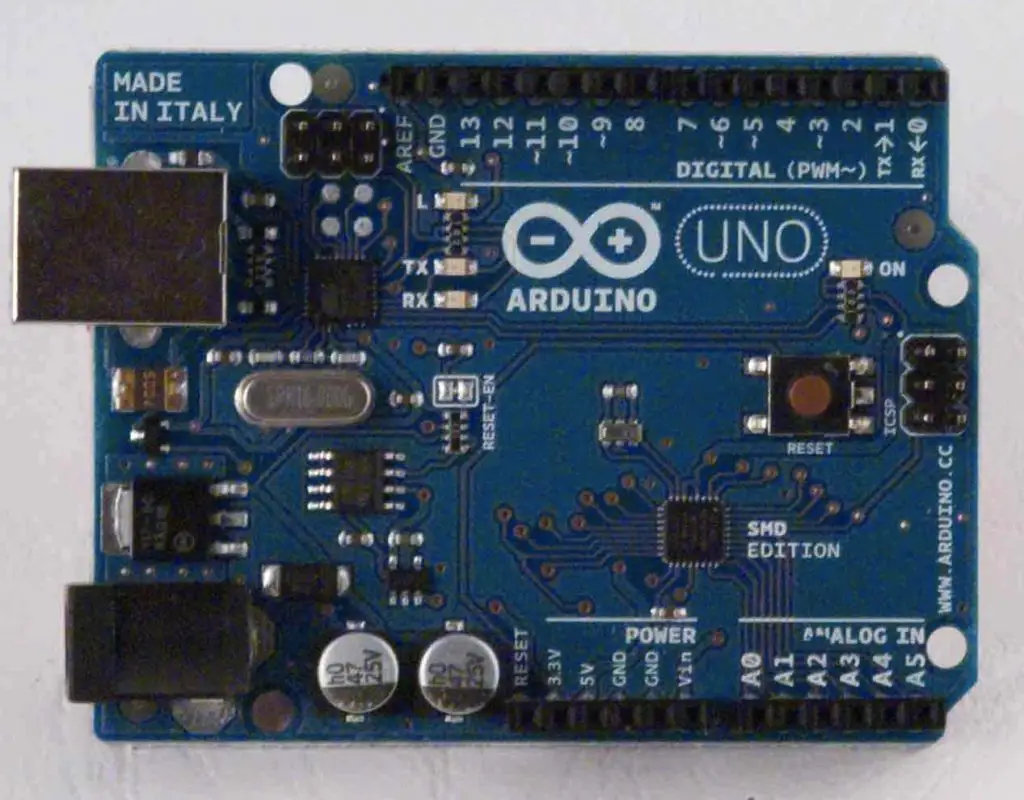
Arduino is a technology platform comprised of simple, inexpensive microcontrollers (tiny, single-program computers), and a robust programming and development language. Together they can be used to create all kinds of interesting, useful, and downright amazing electronics projects. It’s a perfect match for anyone looking to learn about technology because the boards and programming language were purpose-built with beginners in mind. That means you can get started with no prior knowledge required, and still end up with a project that does what you wanted it to.
At the time of this writing, there were over 30 models of Arduino boards available for purchase, each with its own feature set and intended purpose. You can buy the smallest models for less than $10, so you won’t even have to spend a fortune to get started. Even at that low price, though, you’ll still get a piece of hardware that you can build into almost anything – with the only real limit being your own imagination and desire to learn.
A DIY Community That Loves to Help
The fact that Arduino offers an easy and inexpensive way to get started learning about electronics and programming isn’t even its’ most attractive feature. That distinction goes to the massive community of developers, hobbyists, and enthusiasts who have embraced the platform since its inception. Even better, those involved in the community love to help other users, share what they’ve made, and provide detailed how-tos for a variety of projects that beginners can use to get started learning.
The value of having such a resource available to beginners can’t be understated. First, it helps inspire learners to build real, useful projects, without fear of getting stuck. Second, it provides the ability for makers at all levels to crowdsource the answers to questions they might have, which encourages experimentation and innovation – both of which are central to understanding technology.
What You Can do With Arduino
If you’re on the fence about making the leap into learning technology through Arduino, it may help to know what kinds of things you can build with it. Of course, there are more fascinating, fun, and useful Arduino projects than one can list, so to whet your appetite to learn, here’s a look at four of the coolest things you can do:
1. Build a 3D Printer
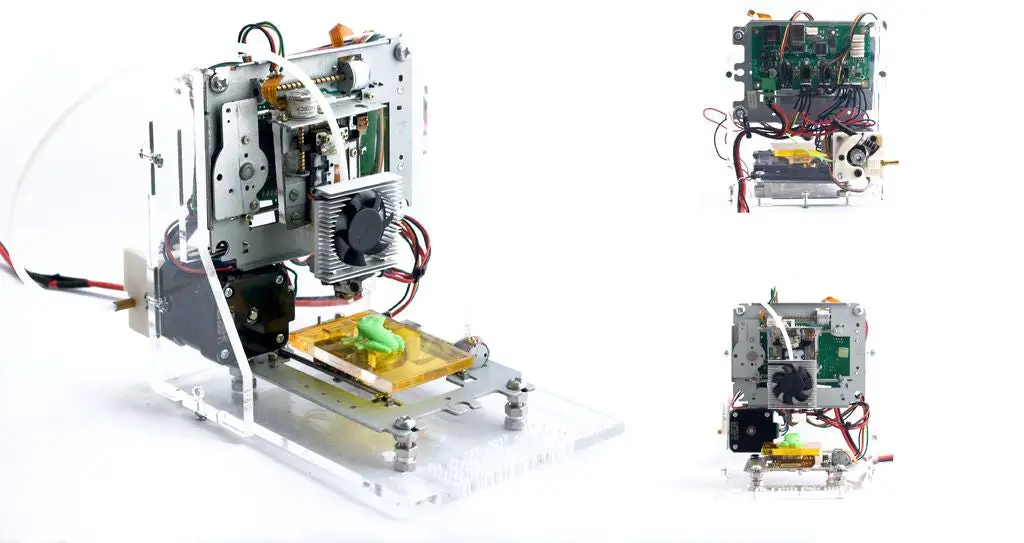
The first amazing project that you can build using Arduino is a 3D printer. This is possibly the greatest thing you can make out of an Arduino because adding a 3D printer to your toolset will enable you to build more complex projects that include custom enclosures and interfaces. Best of all, there are Arduino-based 3D printer builds that can suit any budget. Here’s two of the most interesting among them:
First, for those looking to build a professional-grade 3D printer and are prepared to pay for it, the Ultimaker Original+ is a great choice. It comes in a kit that includes everything you’ll need to build it, and step by step instructions so you’ll get it right the first time. When complete, you’ll have a fully-functional 3D printer that can build any object up to 8.3 x 8.3 x 8.1 inches in volume, which will come in handy as you build future Arduino projects.
If you’re on a budget, but still want the learning experience of building an Arduino-based 3D printer, consider the EWaste $60 3D printer. It’s a pint-sized 3D printer that’s made of 80% recycled components, many of which you can get from any old desktop PC you may already have lying around. It won’t let you print anything large, but it’s a great learning experience that will help you learn about how modern electronics are built – and it’s well worth its’ low price.
2. Make an AR-Augmented Laser Cutter
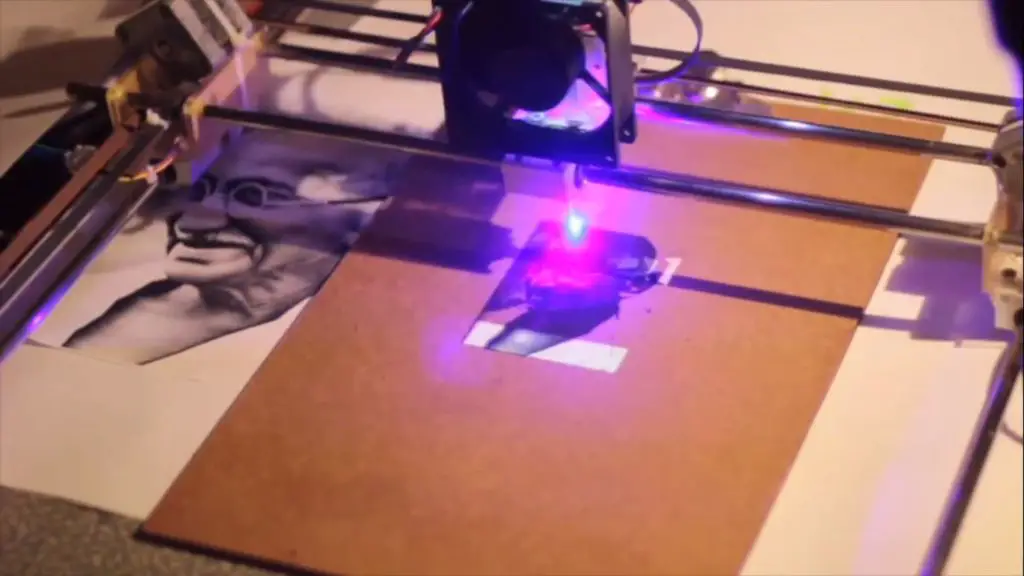
If you’ve ever seen a modern laser cutter in action, you were probably amazed at the precision and speed with which it can etch or cut shapes into a variety of materials. With Arduino, you can make one of your very own – with a unique twist. You can build an AR-augmented Laser Cutter that will let you create detailed cutouts with no complex and precise design work beforehand.
Using the finished project is simple. Just scan an image of the shape you want to cut with the built-in camera. Then the machine will project that shape onto the surface you’re going to cut. You can manipulate the position and size of the objects by sliding around color-coded markers right on the cutting surface. Then, sit back and watch the machine work. It couldn’t be simpler, and you’ll learn a ton from building it.
3. Build Your Own Wall-E
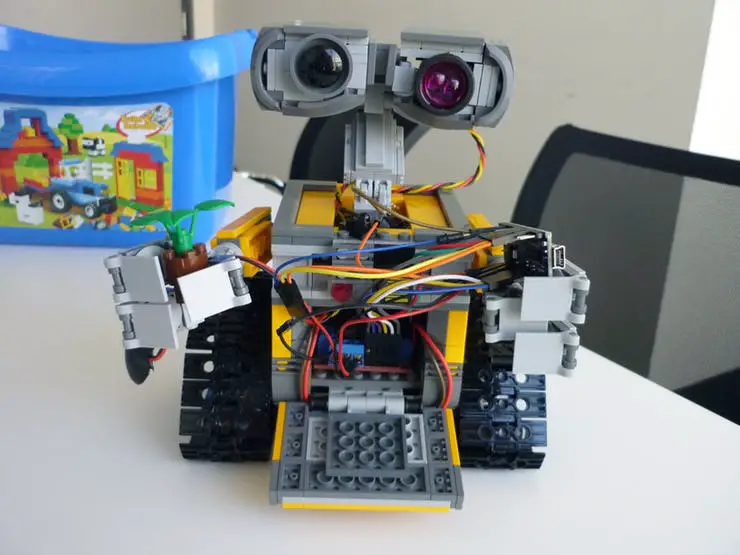
Whenever anyone thinks of building their own electronics, the first image they’re likely to conjure up is of some type of homebrew robot. Well, an Arduino can’t power a complex robot, it can help you to build a working replica of everyone’s favorite animated robot – Wall-E. With an Arduino for a brain and Lego for his body, you’ll have your very own Wall-E motoring around your home, avoiding obstacles and delighting your guests.
If you think about it, this is the ultimate geek learning project. It lets you bring a Lego set to life in the form of a beloved character, all while brushing up on your building and programming skills. Plus, having your own Wall-E is a great conversation starter, especially if you have kids!
4. DIY Fingerprint Scanning Garage Door Opener
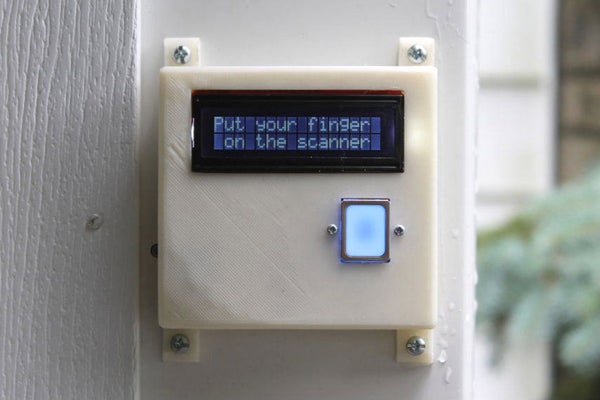
If you’ve ever come home to a locked door, only to realize you don’t have your keys, this is the Arduino project for you. It’s a fingerprint scanning garage door opener, so you’ll never be locked out in the cold again. All it requires is an Arduino board, a handful of electronic components, and a 3D printer case (which you can make yourself if you already completed the first project on this list).
If you don’t live alone, you can even enroll up to six registered fingerprints that will be able to open your garage, each with their own custom welcome message displayed on the built-in LCD screen. The 3D printed case keeps the whole thing protected from the elements, and won’t look out of place even in the most modern of homes. The bottom line is that it’s stylish, useful, and educational, which is as perfect a mix as you can hope for.
On to Bigger Projects
Once you get the hang of building your own small electronic gadgets with Arduino, you don’t have to stop there. There’s almost no limit to what you can make with the right added hardware. Along the way, you’ll get to know all about how breadboards work, master the basics of the C++ programming language (which is what you’ll use to program your Arduino), and get to stretch your creative muscles as far as you like.
For anyone looking to learn about how today’s modern gadgets and technology works, you can hardly pick a better way to do it. It covers all of the things you’ll want to learn in a format that’s both informative and entertaining. Plus, you’ll end up with a whole set of useful electronics – all built by hand – which is a rewarding experience and one that will leave you yearning to do even more.

This is so cool!